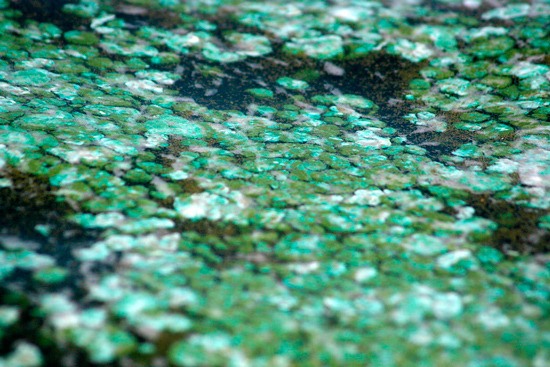Lake Tapps isn’t closed, but the Tacoma-Pierce County Health Department is cautioning people that swimming, wading or fishing in the lake could be unsafe due to reports of toxic algae.
Twelve people fell ill after swimming in the lake over the Aug. 12 weekend, and two more reported sick after being in the lake on Aug. 16 and 17.
The symptoms these 14 people showed seemed consistent with a toxic algae bloom, the health department said in a release. It is the first time that toxic algae has been found in the lake.
Although toxic algae was found, “the Health Department has not been able to confirm the presence of toxins in the water, nor the presence of new algal blooms,” said Brad Harp, the department’s water program resources manager, adding that the department’s no swim advisory issued on Aug. 18 was downgraded to an caution warning a day later.
In other words, the simple presence of toxic algae doesn’t mean there will be toxins in the water, said Frank DiBiase, the department’s director of environmental health, said in an interview.
The health department tested the lake again for toxin levels Monday, Aug. 22, but results weren’t known until after press deadline.
“The message we have for the public is simple: if you see algae in the water, (then) people and their pets should stay out,” Harp said. “Although the illnesses people have reported are consistent with symptoms of toxic algae exposure, we do not believe the conditions that would further threaten public health are widely present. Again, when in doubt, stay out.”
Cyanobacteria and microcystin
The Tacoma-Pierce County Health Department believed the people who became sick may have ingested a toxin called microcystin, which is produced by several kinds of bacteria known as cyanobacteria.
As the name suggests, cyanobacteria can be blue-green in color and is often referred to as blue-green algae, according to the Centers for Disease Control and Prevention.
Reported symptoms included nausea, vomiting, diarrhea and muscle weakness. All individuals were healthy again within a day or two.
Severe microcystin poisoning can cause hypovolemic shock, (which is when the body loses one-fifth or more of its fluids), hemorrhaging of the liver and other serious conditions.
Microcystin poisoning can be potentially deadly for pets, so the health department also recommends keeping pets out of the lake.
According to Jeffers, there is no set timeline for toxic algae blooms.
“A lot of things influence how long they last,” she said, adding that warmer weather is a large factor to these blooms.
Large amounts of nutrients from fertilizers can also contribute to toxic algae blooms, as well as animal and human waste, the department release read.
Past closures
This is not the first time people have been warned to stay out of the lake this year.
On July 22, the Health Department advised people stay out of the swimming area of Allan Yorke Park due to high bacteria levels.
Jeffers said the department does not believe there is a connection between the high bacteria levels seen last month – which could have been caused by an abundance of goose poop, dog feces or a septic tank leak – and the toxic algae blooms.
The reason why only the swimming area was affected, DiBiase said, is because the sort of bacteria the health department found at the park tends only affect a localized area and doesn’t survive long in the lake.


